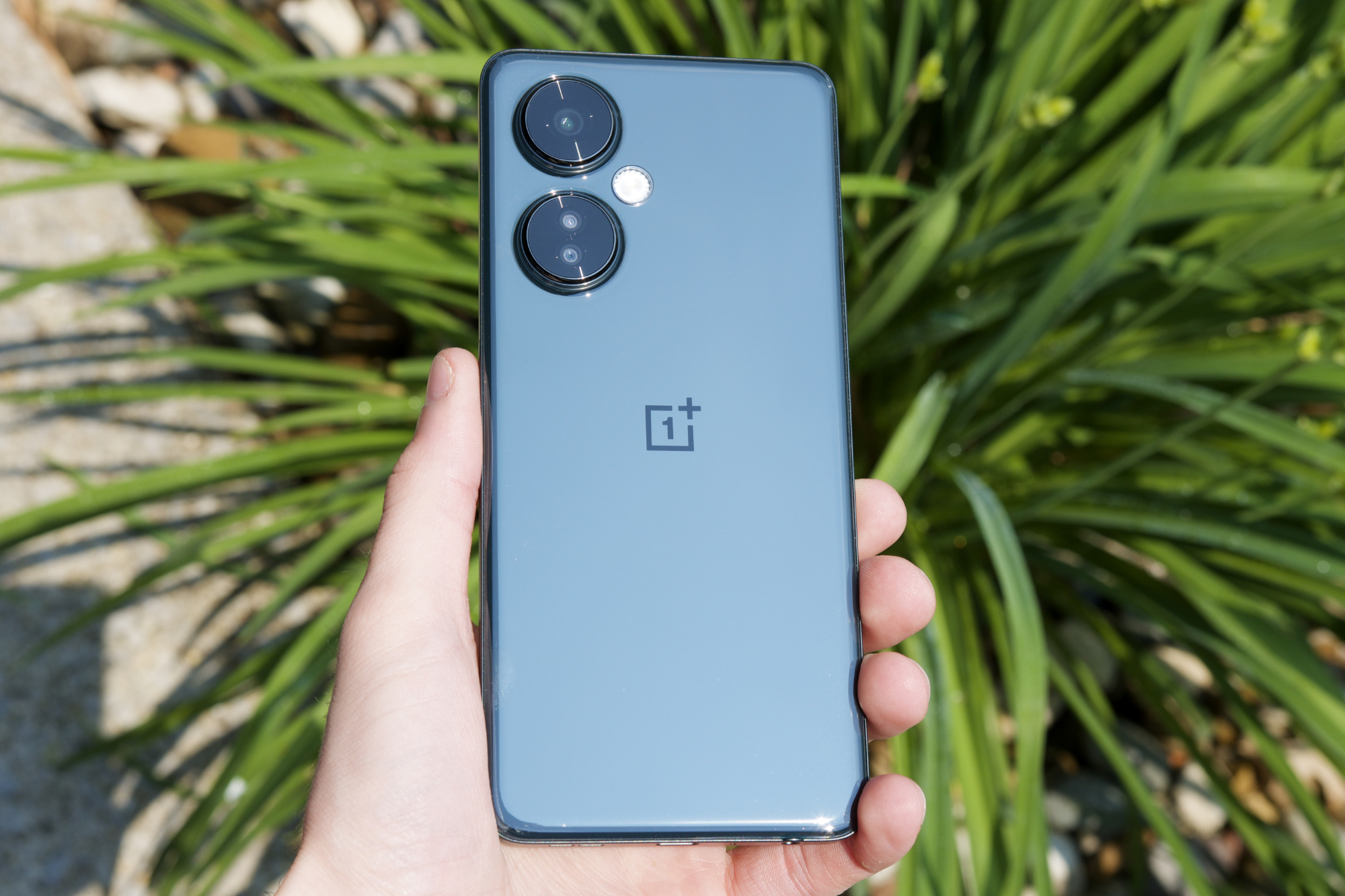Introduction: The Need for Speed
In today’s fast-paced digital world, a sluggish smartphone can be a significant hindrance to productivity and leisure alike. As we continually download apps, browse the web, and engage in social media, our Android devices accumulate a myriad of temporary files, commonly known as cache, which can gradually slow down performance. Understanding how to effectively clear this cache is vital to restoring and maintaining your phone’s speed and efficiency. This comprehensive guide delves into the what, why, and how of cache clearing, arming you with the knowledge to revitalize your Android device.

Understanding Cache: The Invisible Clutter
Cache data serves as a temporary storage space for frequently accessed information, designed to speed up access times for apps and websites. When you revisit an app or webpage, your phone retrieves data from the cache instead of downloading it anew, thereby reducing load times. However, over time, this cache can grow excessively large, consuming precious storage space and sometimes causing conflicts within apps, leading to crashes or slowdowns. Think of it as a cluttered closet; while having items at hand seems convenient, too much disorganized clutter eventually hampers your ability to find what you need swiftly.
Why Clearing Cache Matters: The Benefits Unveiled
Regular cache cleanup offers a multitude of benefits beyond improving your phone’s speed. It frees up storage space for more important files or apps, enhances battery life by reducing unnecessary background processes, and can even resolve app glitches or crashes caused by outdated cache data. Moreover, clearing cache helps maintain privacy since some cached data may include browsing history or preferences that you’d prefer to erase periodically. It’s akin to spring cleaning for your digital life, refreshing and optimizing your device’s overall performance.

Manual Cache Clearing: Taking Control
Android OS empowers users with the ability to manually clear cache for individual apps. To embark on this task, navigate to your phone’s ‘Settings,’ then ‘Apps’ or ‘App Management.’ Here, you’ll find a list of installed apps; select an app, and tap on ‘Storage.’ Within this section, you’ll see options to clear cache and data. Choosing ‘Clear Cache’ will remove temporary files associated with that app without deleting personal data or settings. Repeat this process for apps that tend to accumulate significant cache, such as browsers and social media platforms.
For a broader sweep, you can also access a ‘Cached Data’ option directly under ‘Storage’ in Settings. Tapping it prompts a confirmation to clear all cached data from every app at once, which is particularly useful for a quick overall refresh but lacks the specificity of individual app management.
Automated Cache Management: Set It and Forget It
For those seeking a more hands-off approach, numerous third-party apps and built-in Android features exist to automate the cache-clearing process. Some devices come with a ‘Smart Manager’ or ‘Phone Manager’ tool that includes a cleaning function to clear the cache regularly. Alternatively, apps like CCleaner allow you to schedule regular cache cleaning, ensuring your phone stays optimized without manual intervention. While these tools simplify maintenance, it’s crucial to vet them carefully, ensuring they are reputable and respect your privacy.

The Delicate Balance: Avoiding Over-Clearing
While clearing cache is beneficial, moderation is key. Excessive or frequent cache deletion can have unintended consequences, such as increased data usage as apps need to re-download necessary files, or slower initial loading times for frequently used apps until new cache data is generated. A sensible approach involves clearing cache periodically, say once a month or when you notice performance dips, rather than adopting it as a daily habit.
Advanced Techniques: Digging Deeper
For tech-savvy users who wish to delve deeper into cache management, accessing the Android Debug Bridge (ADB) command line tool can unlock additional cache-clearing capabilities. With ADB, you can issue commands to clear system-wide cache partitions, which store temporary OS data. This process requires a bit more technical know-how and a connected PC but can be highly effective in resolving stubborn performance issues or preparing for major software updates.

Preventive Measures: Slowing Down Cache Buildup
To minimize the frequency of cache-clearing sessions, adopt preventive practices in your daily phone usage. Be mindful of the number of apps you install, uninstall those that are seldom used, and update apps regularly as developers often optimize caching mechanisms in newer versions. Using a reputable antivirus app can also help prevent malicious apps that may misuse cache functionalities. Lastly, consider using a browser with private or incognito mode for casual browsing, as these modes do not save browsing cache.
Optimizing App Usage: Efficient Cache Habits
In addition to the preventive measures mentioned, adopting certain habits when using apps can further alleviate unnecessary cache buildup. Close background apps that are not actively in use, especially those that tend to consume significant resources or continually refresh content in the background. Many devices offer battery or performance settings that allow you to manage these processes more efficiently.
Also, be cautious with auto-sync features. While they ensure your data is up-to-date across various apps and services, frequent syncing can generate a lot of temporary cache data. Consider adjusting sync settings to less frequent intervals or manually triggering syncs when needed.

Cache-Savvy Downloads and Media Consumption
When downloading media or large files, consider where they are being saved. Some apps automatically save files to cache storage, which can quickly fill up. Where possible, manually choose to save downloads to external storage or designated media folders, bypassing the cache.
For streaming services, like music or video platforms, choose lower quality streams when connectivity allows. Higher quality streams often result in larger temporary cache files to buffer smooth playback. While the difference might be negligible for casual consumption, it can make a difference in cache accumulation over time.
Conclusion: The Path to a Speedier Smartphone Experience
In conclusion, mastering the art of cache management is a fundamental skill for any Android user seeking to maintain a swift and efficient mobile experience. By understanding the purpose of cache, strategically clearing it when necessary, and implementing preventive measures, you can ensure that your device remains a high-performing tool rather than a source of frustration. Embrace these techniques, and watch as your Android phone regains its youthful agility, ready to keep pace with your digital lifestyle demands.


